
The Hottest Car Trends for 2016
Although there’s no crystal ball at Sheryl Connelly’s disposal, it would certainly come in handy. As a “futurist” for the Ford Motor Company, it’s her job to forecast the automotive trends that will shape the industry for years to come-a prediction that’s based not on mysticism and guesswork, but from exhaustive market research and trend analysis on a global scale.
“I have a unique role within Ford, because I don’t look at cars,” Connelly says. “My job is to look outside the automotive industry to understand the social, technological, environmental, economic, and political arenas. Once we understand those, we ask, ‘What does that mean for the automotive industry as a whole?'”
Although Connelly’s research suggests we’re feeling a degree of fear, anxiety and disillusionment with the state of our world, it also helped identify some positive trends as well. “We were inspired by the signals of hope and resilience that seem to be the hallmarks of society as a whole,” says Connelly. “It’s very optimistic.” It’s these seven trends in particular that will have a major impact on the cars of 2016-and beyond.
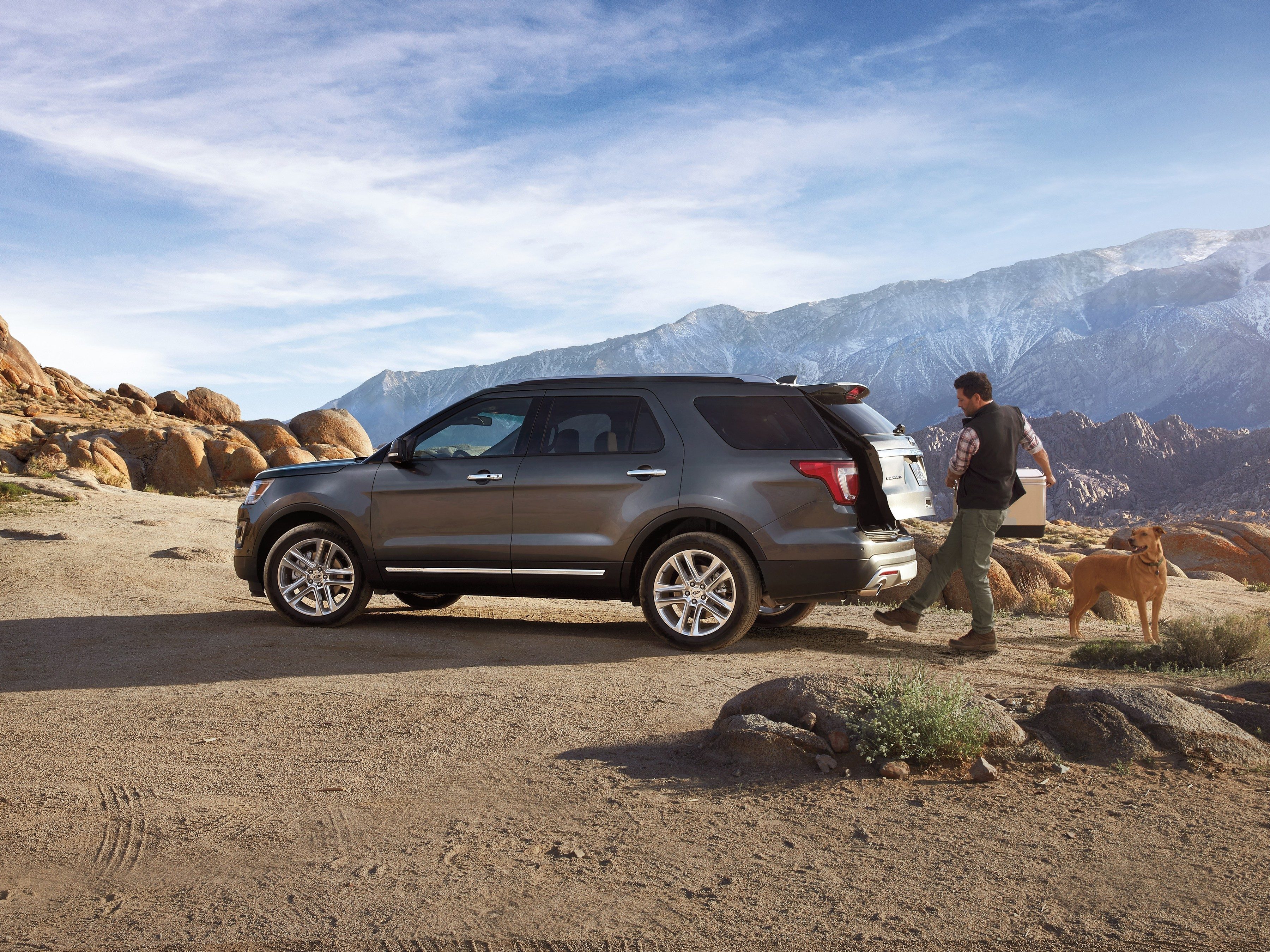
New Automotive Trend #1: Less is More
The global recession brought the era of excess screeching to a halt, and, according to Connelly, sparked a significant change in how we consume. “Customers are now saying they would be very happy to have fewer things, as long as those things deliver multi-functionality, durability, versatility and quality,” she says. At Ford, that helps to explain the ever-growing market for sports utility vehicles, particularly amongst drivers under the age of 35. “Millennials don’t know exactly what the future holds for them, but they do know they’ll need a vehicle that will grow with them,” Connelly says. An SUV gives drivers the opportunity to change the payload configuration from cargo to passengers in an instant, making it ideal whether you’re young and single and carting around a drum kit, or starting a family, with all of the car seats, diaper bags and accoutrements that follow.
Our growing desire for durability is also reflected by a shift in the demand for leased vehicles. “When I first started with Ford in 1996, leasing was at an all-time high, which meant that people held onto their cars for just two years,” she says. “Today, our global studies show that people plan to hold onto their next car for at least 10 years. When you purchase something like that, you need to make sure it’s going to be something that it can weather several different life stages or life styles.”
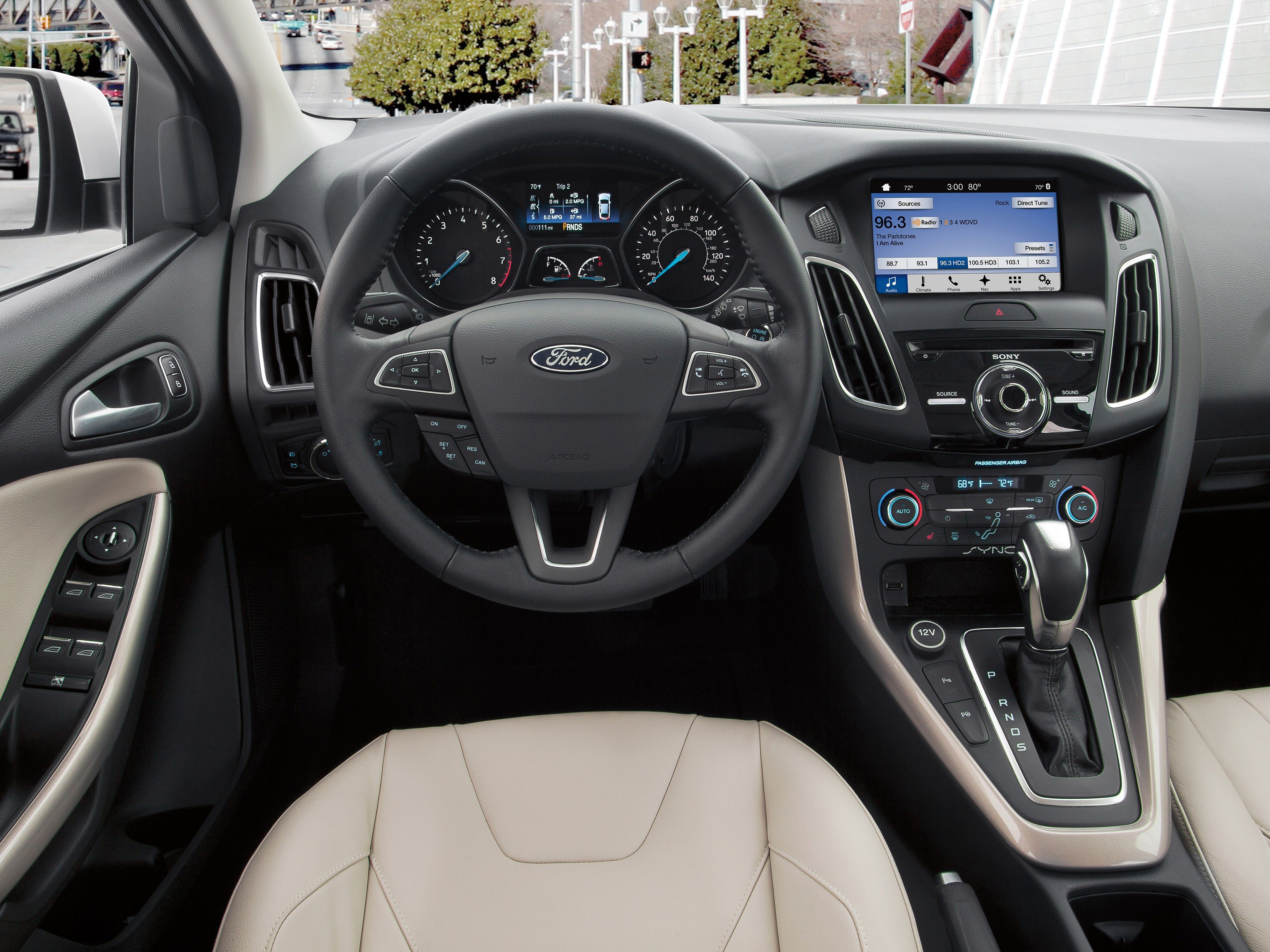
New Automotive Trend #2: Time-Saving Strategies
When there aren’t enough hours in the day to tackle your to-do list, the time spent in your car getting from A to B can feel interminable. Throw in the fact that greater connectivity means we’re always feeling “on-call,” and you get the perfect recipe for what social analysts are referring to as “time poverty.” The good news? Car companies are addressing the crunch with features and accessories that are specifically designed to save time. In addition to increased connectivity with bluetooth-enabled mobile devices that can help drivers feel more productive when they’re behind the wheel, it also includes more efficient navigation. “Think of the time you can save with a GPS system that gives you real-time updates about routes,” says Connelly. “If the route you take home from work every day is backed up because of construction, it can plot a new course and give you an estimated time of arrival.”

New Automotive Trend #3: Cars with Artificial Intelligence
Once the realm of science fiction, artificial intelligence is becoming a very real element of new car design. Although we’re not quite at the level of self-driving cars, Ford’s research shows a global market that’s hungry for such technology, particularly in India and China, where as much as 84% of survey respondents said they can see themselves buying a self-driving car in the future.
Why the enthusiasm there, in particular? Connelly surmises it’s due in part to the fact that India and China share some of the world’s longest commute times. “It also happens to be where road fatalities are at their highest,” she says.
In the meantime, autonomous features are becoming commonplace in new cars. “More vehicles come equipped with active park assist, where the car will literally parallel park or perpendicular park itself,” says Connelly. “That, along with things like adaptive cruise control and lane departure warnings, are the fundamental building blocks that will give to an autonomous future.”
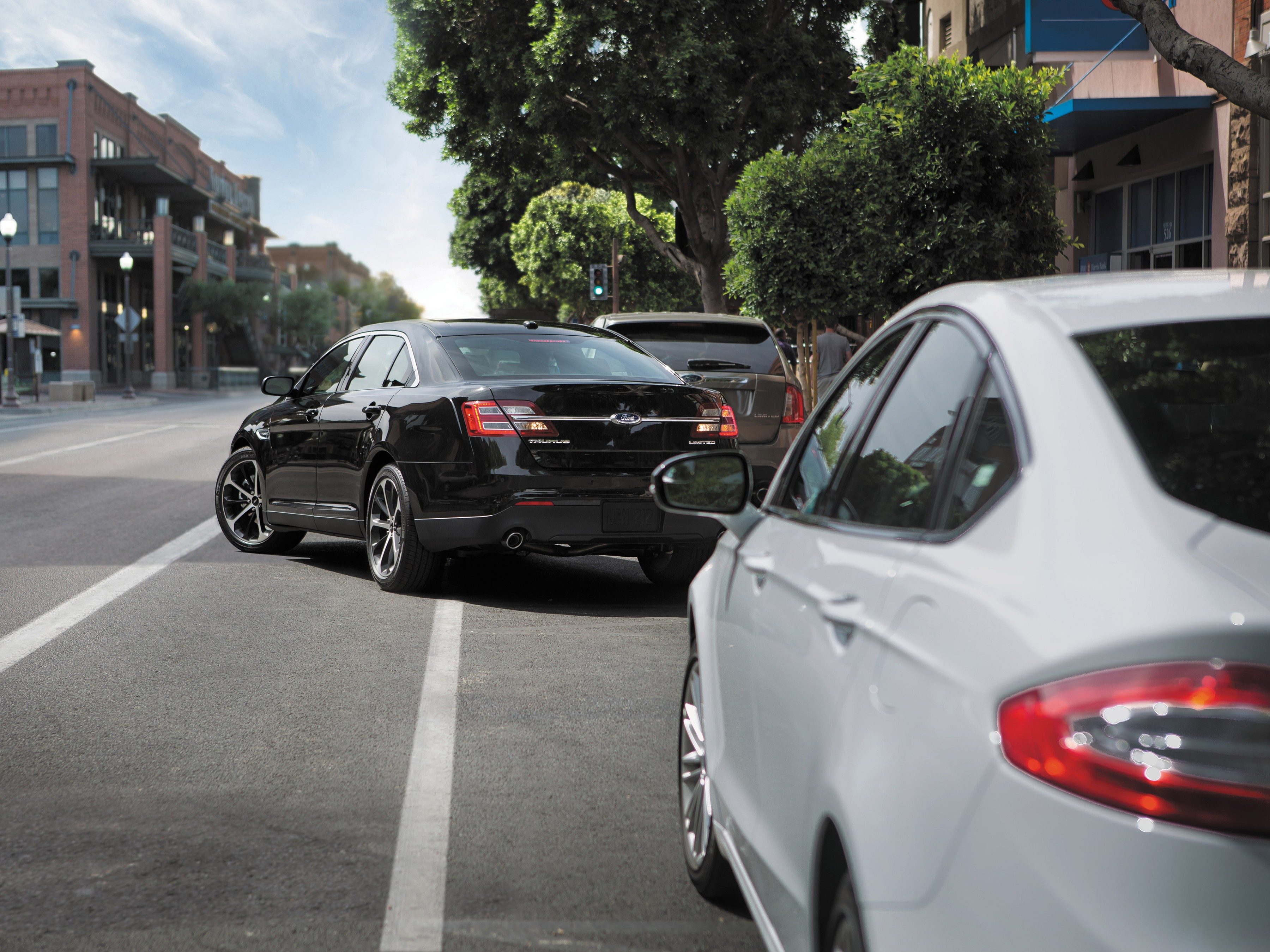
New Automotive Trend #4: Senior-Friendly Car Features
Those autonomous driving features will be of particular interest to Canada’s aging population.
“A lot of the convenience features I just mentioned-the lane departure warning, adaptive cruise control, blind spot alert and reverse sensor system-all counteract the physiological changes that come with aging, which include reduced response time, impaired vision, and limited range of motion,” says Connelly. It’s also, she says, the most compelling case to make autonomous vehicles a near-term reality. “If you have an older person who’s allowed to age in place and not have to rely on others for mobility, you can directly impact their quality of life.”
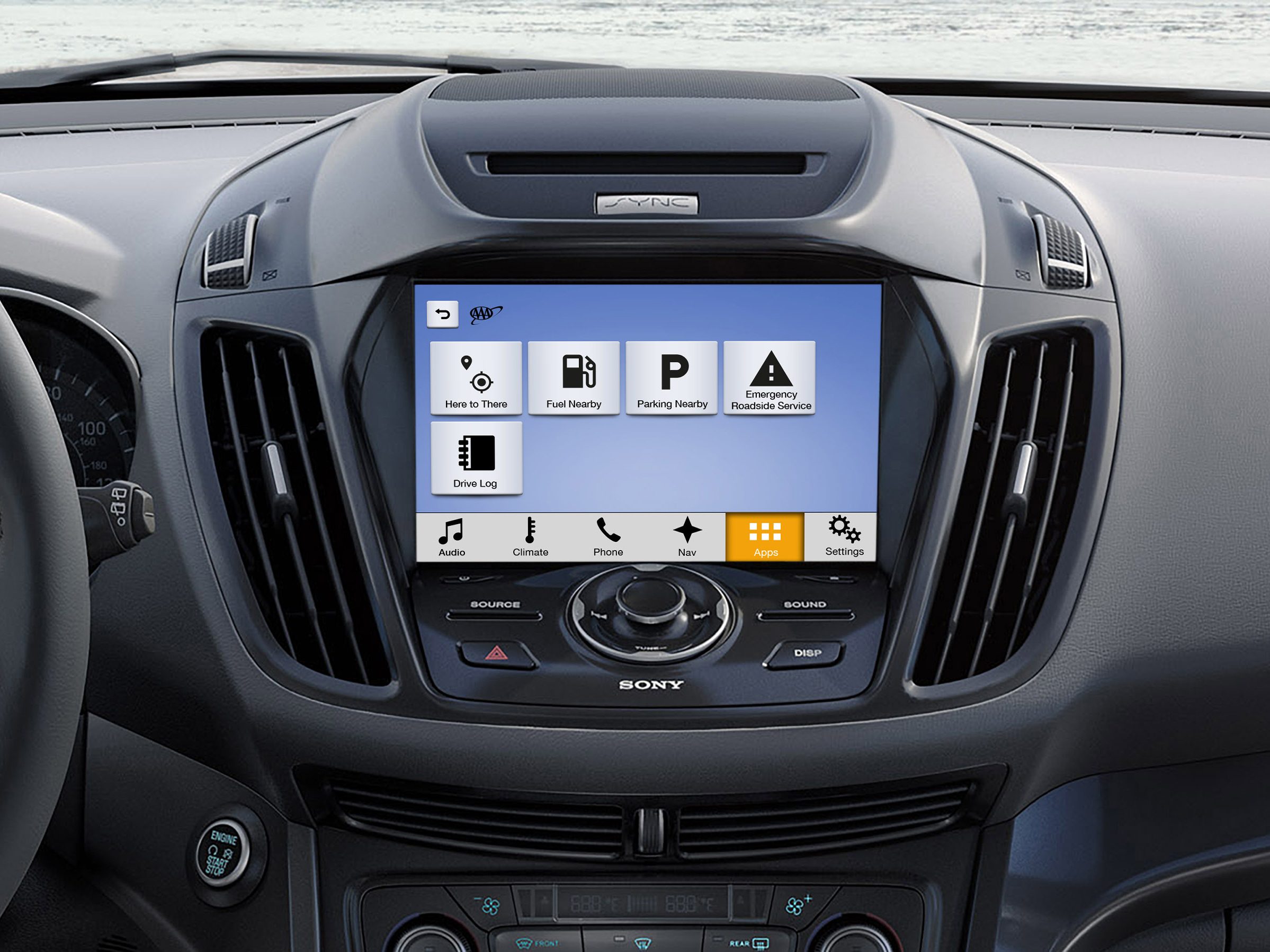
New Automotive Trend #5: Serenity Now
In an increasingly hectic world, the car is being reinvented as a decompression chamber-a place where you can let go of the stresses of the day, so that by the time you get home, you’re free to concentrate on your family and yourself. This trend is reflected in automotive interior design, with an aesthetic that’s pared-back and more minimalist in nature. Take, for example, the shift from a traditional car console’s dazzling array of knobs, switches and buttons to the modern car’s single touch-screen with its easily-navigable interfaces. The instrument panels on new Fords are even customizable, so you can choose only those gauges and displays that are relevant to you. “RPMs, for instance, are mostly relevant when you’re driving a manual transmission, but it still comes standard on vehicles equipped with automatic transmission,” says Connelly. “For me, that screen is never on. I’m more interested in fuel economy, navigation and the entertainment system.”
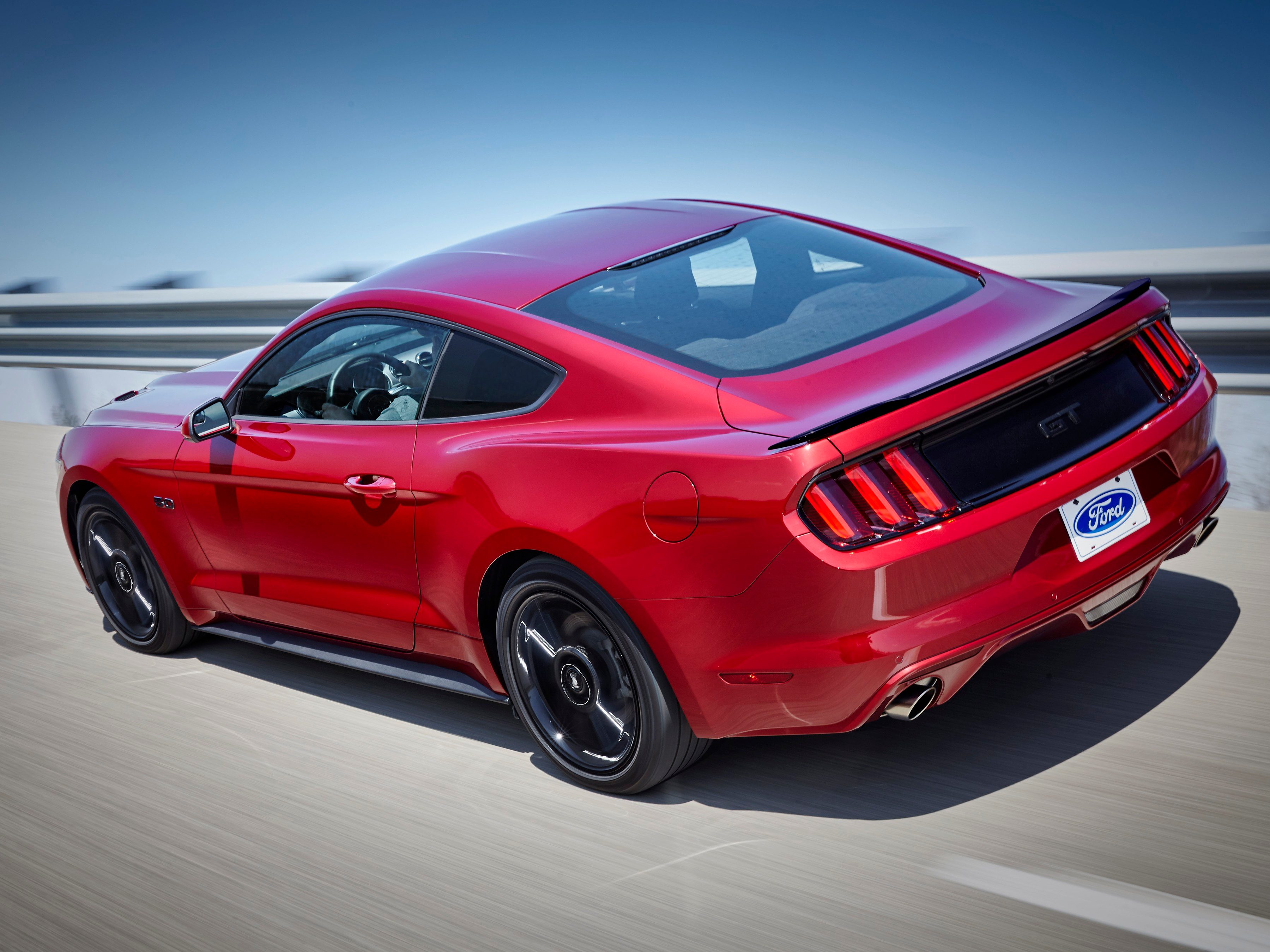
New Automotive Trend #6: One-of-a-Kind Cars
“Not everybody wants to stand out, but nobody wants to get lost in the crowd,” says Connelly. “We have to recognize that the marketplace is no longer about ‘one-size-fits-all.’ Customers want to have products, services and experiences that are uniquely tailored to them.”
In automotive terms, that translates into increased options for customization-but that’s not necessarily taking the form of crazy new car paint colours. “I actually think the future of customization is not going to be about what you add to a car, but rather, what you take away,” says Connelly. “Going back to the RPM display, for example-if it’s not relevant to your driving experience, you can drop it from the instrument panel.”
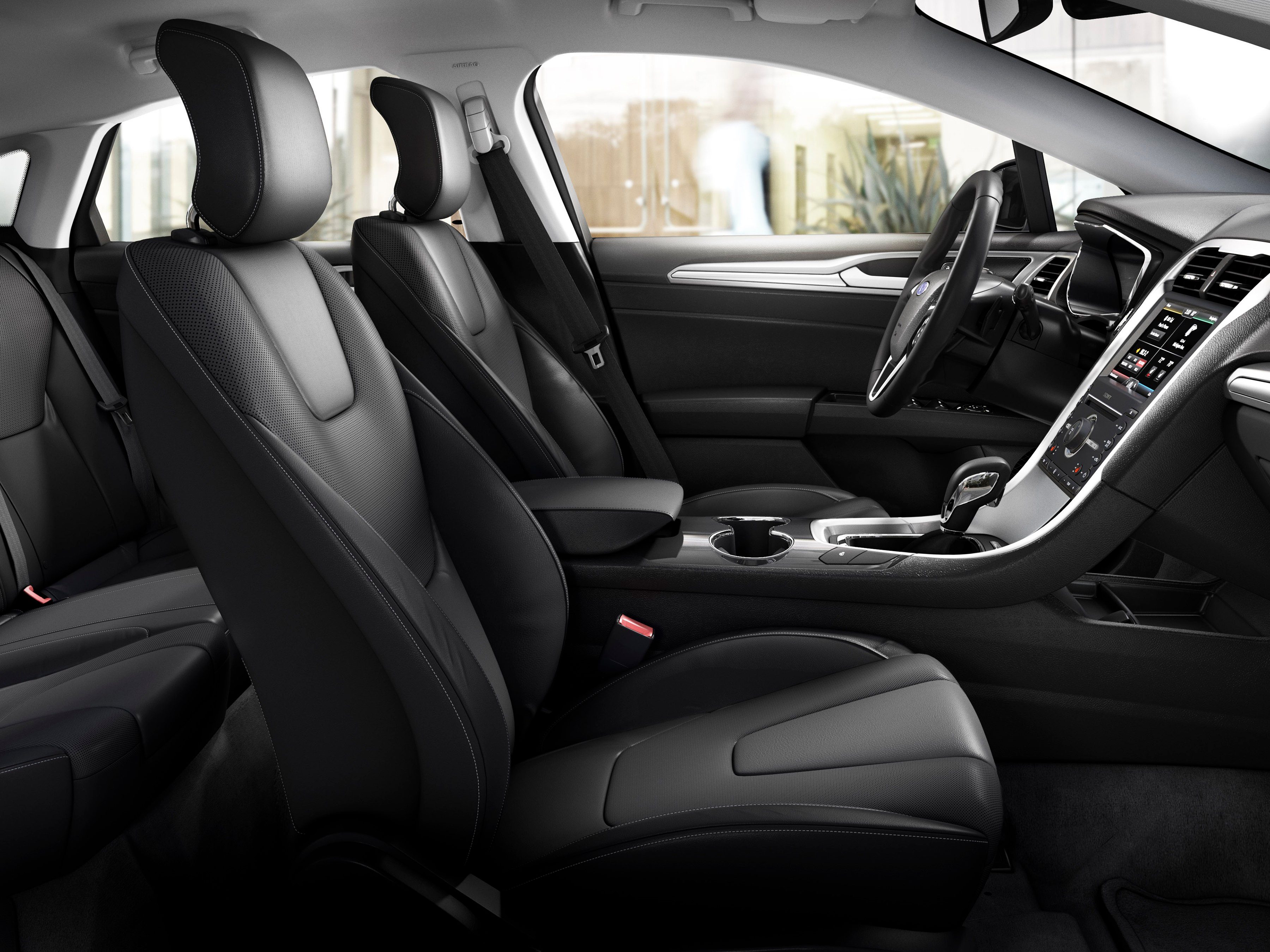
New Automotive Trend #7: Sustainability
The mantra of the green movement has been reduce, reuse, recycle and repair; but what if you could go beyond that and actually extract value out of waste? Consumers tend to favour products that are made from recycled content, Connelly says, and that’s something Ford is banking on with its innovative “Farm to Car” program. The program’s sustainability initiatives include using scrap cotton from blue jeans and sweaters as insulation in Fusion, Escape and Focus models, and using wheat straw-reinforced plastic in the manufacturing of storage bins in the Ford Flex.
On the market for a new car? Here are 23 Secrets Car Dealers Don’t Want You to Know.
Check out our car buying guide!
Explore Reader’s Digest Canada.